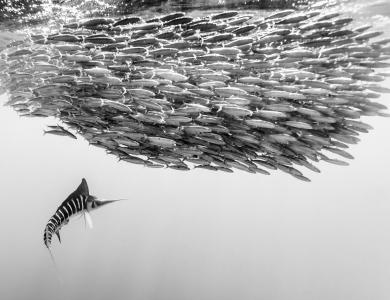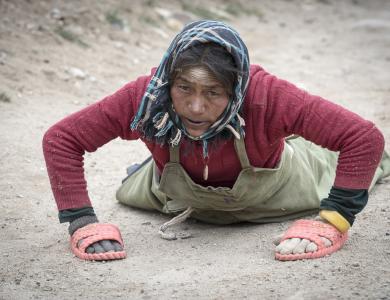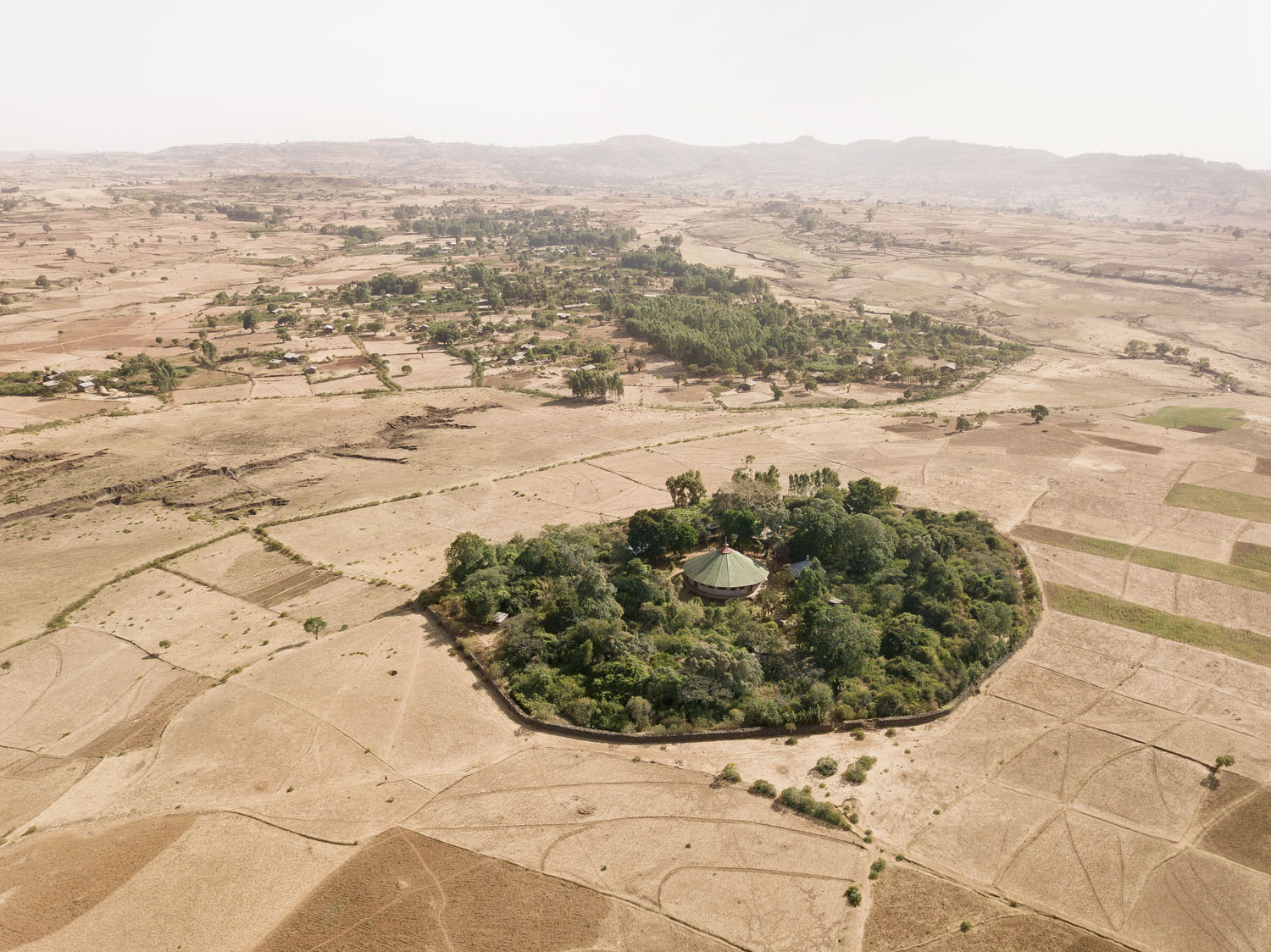
On July 29, 2019, Ethiopia's Minister of Innovation and Technology Dr Getahun Mekuria tweeted “Breaking News!! Ethiopia planted 353, 633, 660 tree seedlings in 12 hours! #GreenLegacyEthiopia #PMOEthiopia”. Critical applause ensued, with the great feat appearing in the headlines of countless international publications and the United Nations praising the Ethiopian government, calling on other countries to follow its lead. A powerful act to tackle climate change and deforestation, Ethiopia aims to plant an ambitious 4.7 billion trees by this October.
The campaign is a reaction to the alarming rate of industrialization charging through east Africa. As the size and aspirations of populations in developing countries continue to grow, the industrialists’ unshakeable eye stays focused on their natural resources. While Ethiopia’s biodiversity started to vanish, and fast, the government lobbied to restore its land to be rich with nature’s bounty once again.
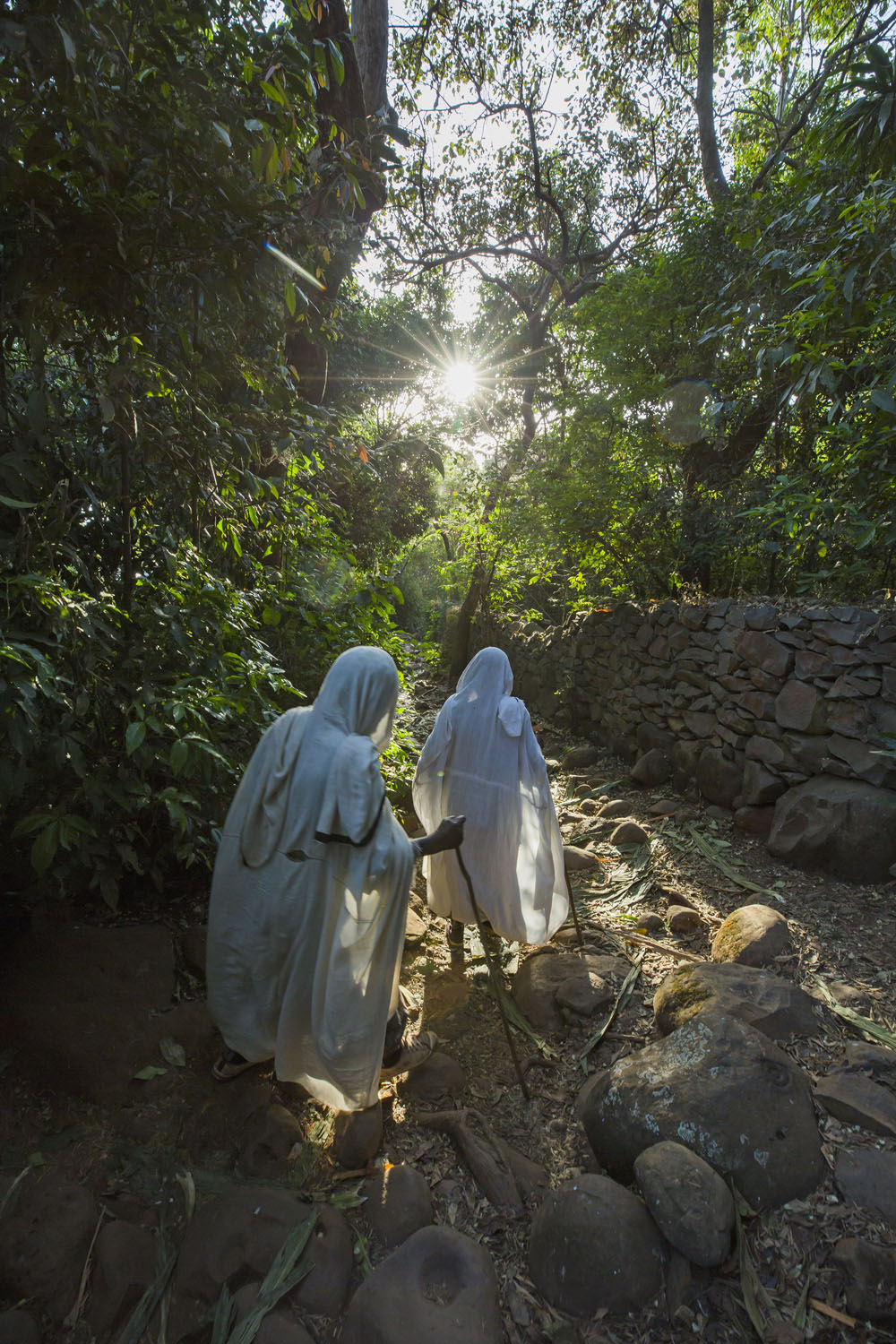
Aware the public are becoming more and more desensitized to sobering images of our wrecking of the planet, contemporary creative collective thinking is shifting towards a more active, constructive approach. Interestingly, this perspective was particularly present in entries to the 2019 Sony World Photography Awards, with Kieran Dodds’ series Hierotopia exciting the judges with its distinct interpretation of the ecological crisis.
“For years I’ve always thought it’s better to draw people in, to inspire them, when wanting to connect them to a story that matters,” Dodds says. Awarded third place in the Professional competition’s Landscape category, Hierotopia shows Dodds charting the roles of ancient religious ideologies on the protection of rural landscapes in northern Ethiopia. Looking at Ethiopian Orthodox Tewahido churches and the surrounding forests, Dodds reveals how these spaces have and continue to serve as crucial hubs for the communities since the 4th century AD.
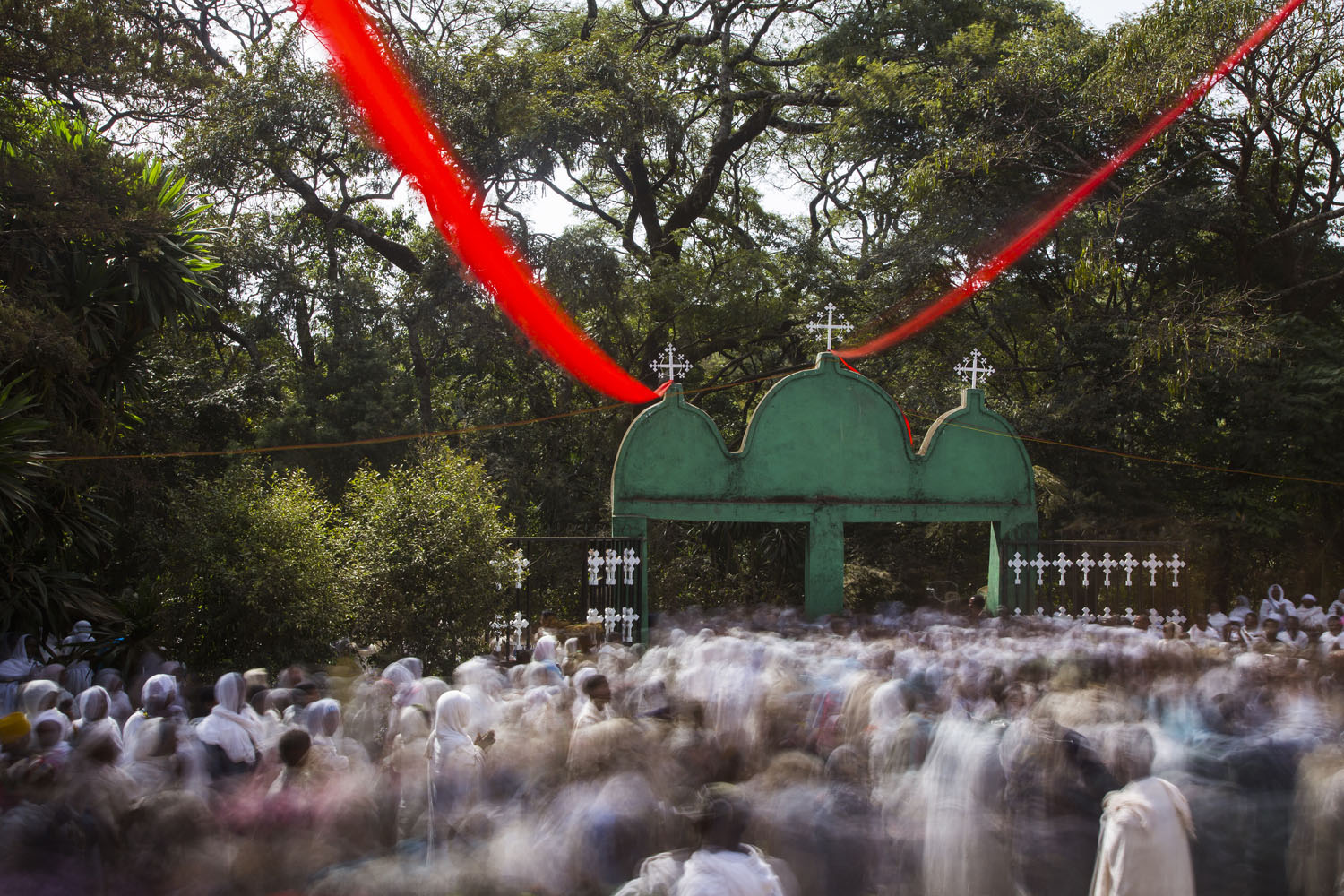
Describing himself as a non-fiction photographer, Dodds says: “The content I photograph is reality but I feel like I’m dealing with deeper themes. How ideas shape the landscape is one of those themes and through projects like Hierotopia I’m trying to find the layers and nuances.” Submitting a collection of aerial shots to the Professional competition’s Landscape category, Dodds invites us to see these sacred oases, or as he describes, “Green islands of biodiversity in an expanding sea of agriculture”, from above so we can recognize the church’s vital role in preserving Ethiopia’s fragile untouched landscape.
“I’m tall, ginger and very pale, so it was quite clear I wasn’t from anywhere close by. Even though it was very hard to get into the communities and the forest, once I was in people were very warm and welcoming.”
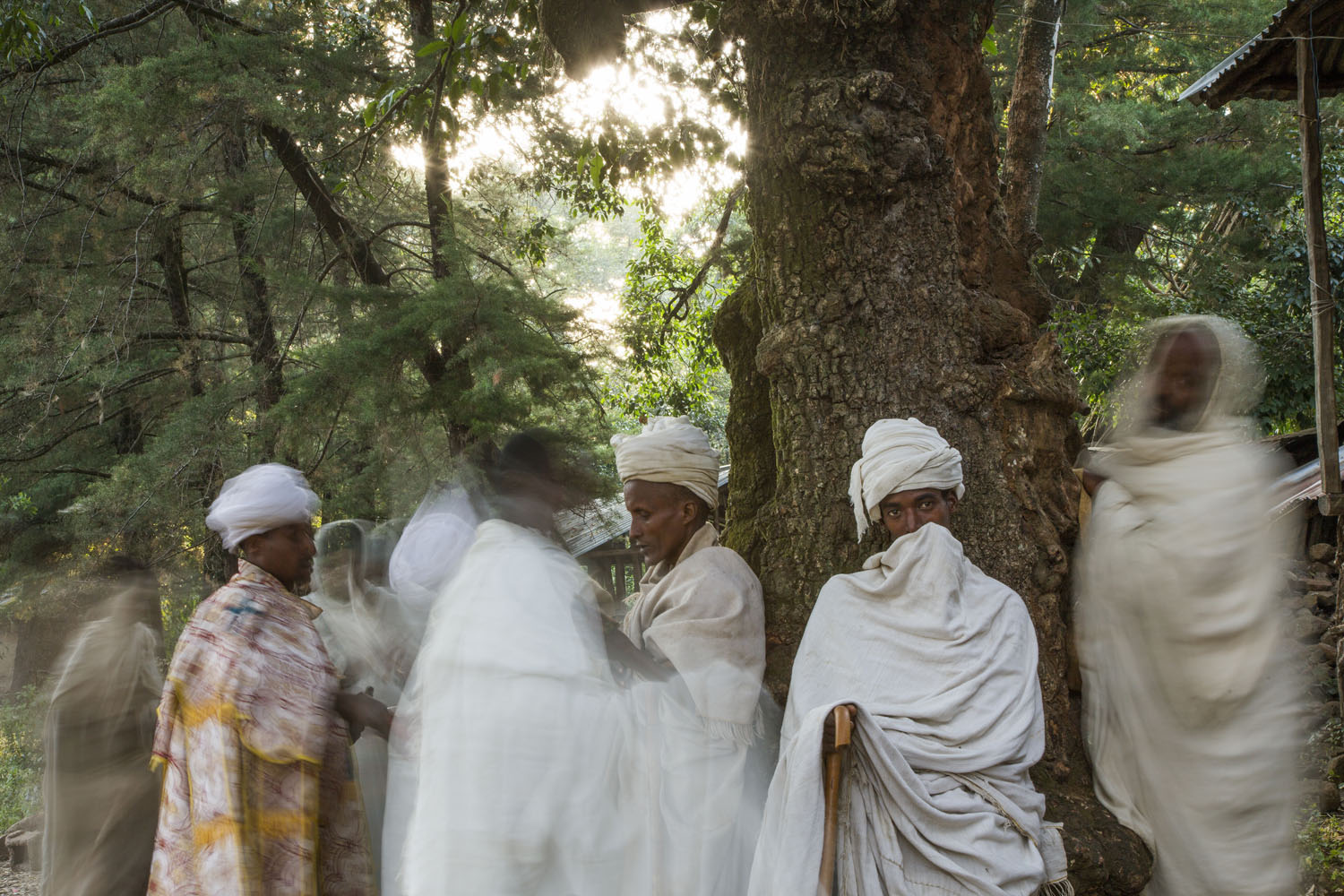
Dodds started the project in early 2015: “I’d just finished documenting the Scottish referendum and wanted to pursue a new personal project. Every now and again, to retain my passion for photography, I need a change and throw myself into a personal project. It gives me energy and inspiration,” he says. When looking through Dodds’ impressive portfolio it's clear that personal projects are at the core of his practice, despite his unwavering dedication to whatever assignment he turns his eye towards.
Dodds continues: “My personal work reminds me why I’m a photographer, which is to gain a better understanding of our world and connect differently with the viewer. For Hierotopia I was looking for instances on how we live with nature, examples of how we co-exist. I knew I wanted a story that was abroad. Ethiopia’s exponential economic boom made me think how this industrial growth must have impacted the environment, and, expecting misery and destruction, I was surprised when I stumbled across an article on Ethiopia’s church forests. My curiosity was certainly piqued.”
Receiving an environmental bursary from the Royal Photographic Society, Dodds traveled to northern Ethiopia to see how a theological idea can be imprinted on the landscape. Traveling to a selection of these church forests, despite his approachable, witty manner, Dodds shares how gaining access to photograph these Edenic sanctums wasn’t without its challenges: “I’m tall, ginger and very pale, so it was quite clear I wasn’t from anywhere close by. Even though it was very hard to get into the communities and the forest, once I was in people were very warm and welcoming.”
Alongside the aerial photographs are land-based scenes, where Dodds has often experimented with long exposure. An interesting dichotomy between the permanence of the land to the fleeting figures is a powerful reminder of how transitory humans are, which Dodds traces back to theological themes: “I thought that was quite a Biblical idea, that we are like mist passing through this world.” When viewing the project in its entirety, Dodds’ theme of transcendence, of journeying from one realm to another, is startlingly apparent. “I wanted to convey this sense of wonder when I went traveling from this dry, hot, noiseless, man-altered landscape into this other world, humid and full of fragrance and noisy wildlife. Whatever the ugliness and barrenness of the outside world, I wanted people to experience, almost taste, this incredible realm you venture into.”
"I was walking down this avenue of mature trees, they all had these big buttress trunks – and I felt like I was in a cathedral. At the end of the path was the church where all these people were singing, and the monkeys, birds, and insects in the forests were singing their song, in a way. "
Clearly an environment that made a deep impression on him in his photographic practice, Dodds recalls one particularly memorable morning: “I remember coming to the church early one Sunday morning, it was while a service was taking place. I was walking down this avenue of mature trees, they all had these big buttress trunks – and I felt like I was in a cathedral. At the end of the path was the church where all these people were singing, and the monkeys, birds, and insects in the forests were singing their song, in a way. The congregation isn’t singing to the trees and the birds but to the one they believe made the trees and the birds and how it seemed like the birds are doing the same thing. It really was quite something, there was something deeply good about it. It just seemed right.”
After creating the project for just over three years, the results of Dodds’ vision are now being exhibited in galleries and publications around the world. With a large scale exhibition in California then New York earlier this year, as well as a compelling piece published in National Geographic and receiving significant exposure in the prestigious scientific journal Nature, Dodds’ work has garnered much attention.
“Receiving third place in the Sony World Photography Awards was just the cherry on top,’ he says. After members of the UK’s Ethiopian embassy visited the Sony World Photography Awards Exhibition at Somerset House, there’s talk of a solo show in Addis Ababa.’ Dodds enthuses. ‘It’s not going to have the same crowds as the competition’s London display, but what’s really key is for the story to reach the relevant audience. The people who can do something about it. There’s no point in me taking any more pictures for this project, that would be pure vanity in some ways. My main focus right now is to champion the images and to get the awareness out there.”
Be more informed about this specific series at churchforests.org


